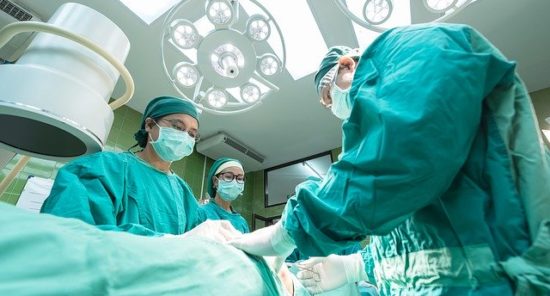The field of metabolic dysfunction-associated steatohepatitis (MASH) has seen significant advancements, with liver fibrosis now recognized as the key predictor of adverse liver outcomes. Despite progress, liver histology remains a major challenge in drug development due to its invasive nature, high costs, and variability in results. Consistency in the liver biopsy reading process is crucial, and consensus methods have emerged to address these challenges.
In 2024, the first drug for MASH, resmetirom, was conditionally approved, marking a significant milestone in MASH treatment. This approval highlights the growing importance of non-invasive diagnostic tools in managing the disease. While liver histology has been the traditional method for evaluating MASH, new technologies like digital pathology and artificial intelligence are improving accuracy and reducing variability in biopsy readings. The future of MASH treatment, researchers stress, lies in further developing non-invasive biomarkers, which could eventually replace liver biopsies as the primary diagnostic and therapeutic endpoints in clinical trials.
Reference: Harrison SA, Dubourg J. Liver biopsy evaluation in MASH drug development: Think thrice, act wise. J Hepatol. 2024 Jun 13:S0168-8278(24)02314-6. doi: 10.1016/j.jhep.2024.06.008. Epub ahead of print. PMID: 38879176.









